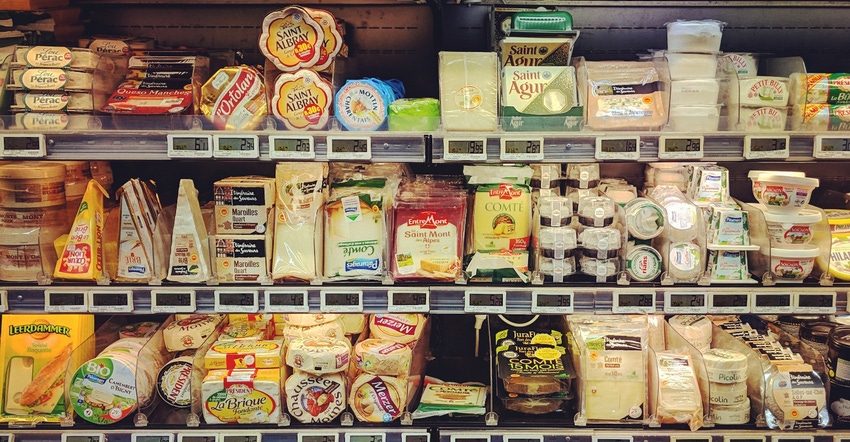3 Packages That Should be Compostable
Instead of contaminating the recycling stream, it makes sense to divert food-soiled packages, other food packaging that can’t be recycled, and wet fiber to the compost pile.
August 17, 2020

A growing number of companies have set ambitious goals to make 100% of their packaging recoverable by 2025. As brands ramp up their packaging sustainability initiatives, many are curious whether compostable packaging can be a tool to meet these targets.
Compostable packaging is designed to break down in composting facilities in a short amount of time without leaving behind any toxic residue. In most markets, it must also meet relevant standards and certifications for compostability. Before pursuing compostable design and certification, it can be helpful to consider whether it’s the right fit for your product’s package.
Here are three types of packaging that can be effectively designed to be compostable:
1. Packaging for prepared food in grocery stores and foodservice outlets.
Foodservice packaging for restaurants, cafeterias, closed loop venues, and grocery store prepared food bars is the most natural fit for compostable packaging. It includes packaging like takeout containers, salad bowls, taco trays, soup bowls, and the associated napkins, cutlery, and lids. That’s because this type of packaging is covered in food residue and leftovers — and goes hand-in-hand with food consumption.
While large amounts of food contaminate packaging recycling streams, food scraps are exactly what composters are looking for. Diverting food scraps out of the landfill prevents methane emissions and creates finished compost, a beneficial soil amendment that helps pull carbon from the atmosphere.
Designing this category of packaging to be compostable helps guide food scraps towards the composting bin, rather than the recycling bin or the landfill. It eliminates the need for consumers to sort food-contact items into different bins, which they are apt to do incorrectly. And the compostable packaging itself can be a helpful source of carbon for composting facilities as they produce compost.
2. Food-contact packaging that is not readily recyclable.
Today, many food items in a grocery store are in packaging that is not readily recyclable. Think of cuts of meat, frozen food, and cheese — these are just three examples of entire categories of products that are mostly in non-recyclable films, lined paper trays, or foam packaging. Usually, they are not readily recyclable in curbside or store drop-off programs because of the design choices of the material and format, and because the packaging is often covered in food residue.
While this is a less common application for compostable packaging, it can be a new frontier for forward-thinking brands. Take string cheese wrappers. Typically made of plastic film, these wrappers have limited recovery options, except as part of future innovations in advanced/chemical recycling.
Meanwhile, there are bioplastics on the market that could replace this film with a compostable option. Any leftover cheese would be easy for the consumer to compost instead of landfill. This new compostable food-contact packaging would first need to be properly designed, certified for compostability, and clearly labeled for consumers.
However, if approached correctly, compostability may be the right choice for many types of food-contact, food-soiled grocery store packaging that is not recyclable today.
3. Fiber packaging that becomes wet.
Finally, some fiber packaging that becomes wet may be better suited towards composting than recycling. Consider fiber-based ecommerce packaging used as dividers or holders in meal kits or grocery delivery. If the packaging becomes soggy or soiled from the elements, condensation from cold gel packs, or from the products inside, it may no longer be recyclable.
This material is often uncoated corrugated paperboard, which is readily compostable. But consumers will need to first understand whether they should recycle or compost this packaging. In these situations, companies should consider labeling their packaging in a way that communicates a hierarchy of decisions. For example, the How2Recycle and How2Compost labels can help educate consumers to recycle the item if it’s clean and dry, or compost it if it’s wet or food-soiled.
For these three categories of packaging, compostability is a promising recovery option. Although composting infrastructure may not be widespread, these items stand a chance to be composted in a growing number of communities. As brands design packaging for both future goals and future waste systems, they can think about compostability as a recovery solution for foodservice, food-contact, and soiled packaging.
About the Author(s)
You May Also Like


